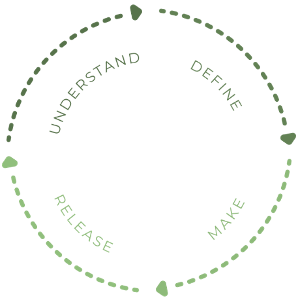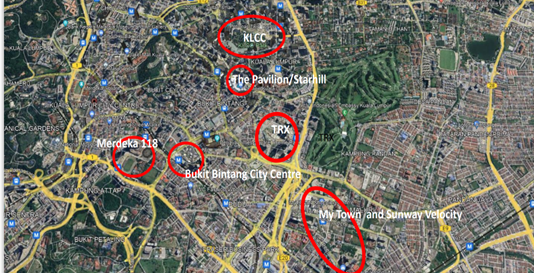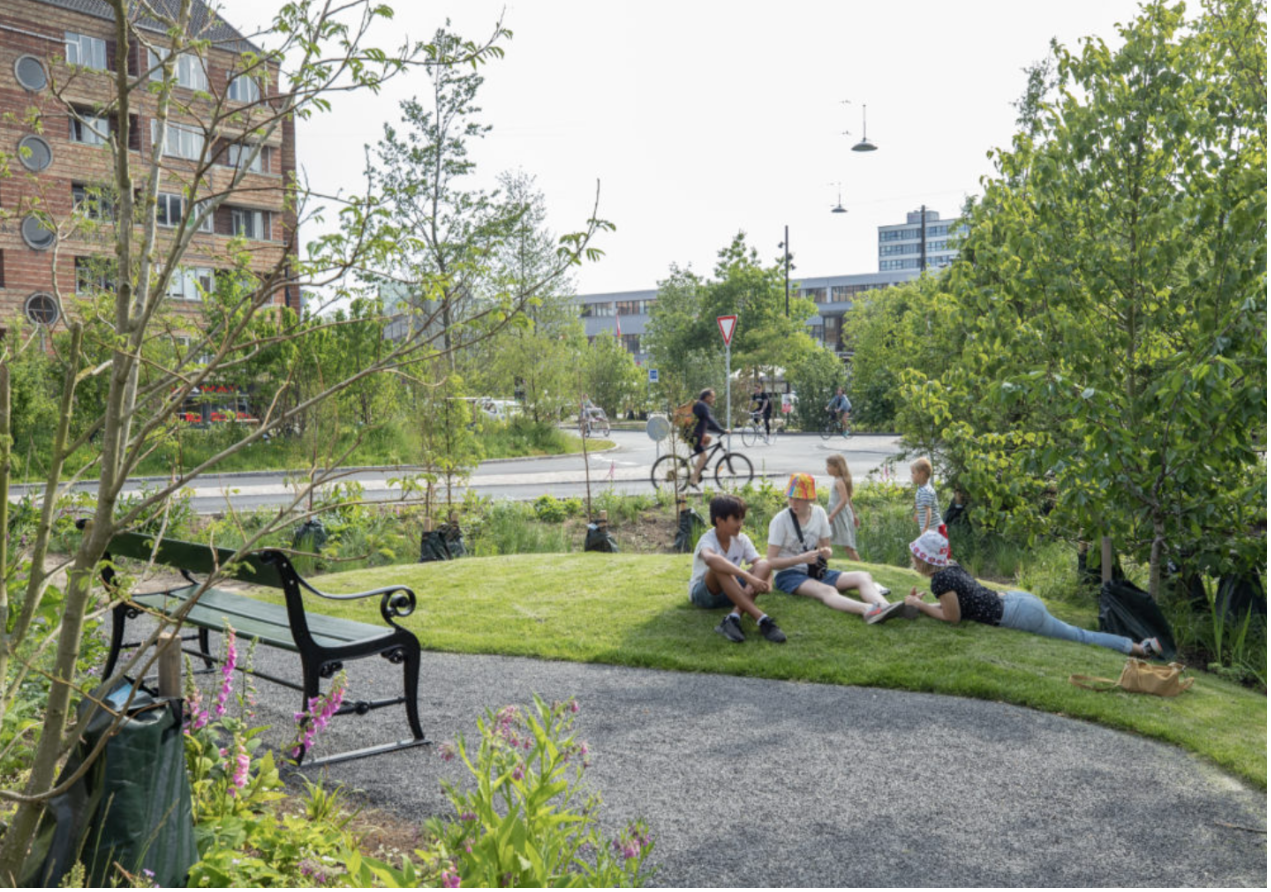In recent years, the concept of Circular Design has gained significant attention and importance in various sectors of society. As we face mounting environmental challenges and dwindling resources, the need for a more sustainable approach to design and production becomes increasingly evident. Circular Design offers a framework that promotes the elimination of waste, the reuse and recycling of materials, and the creation of regenerative systems. As it gains traction in today's society, it is crucial to acknowledge the challenges that hinder its widespread implementation. While Circular Design offers immense potential for sustainable development, achieving its goals requires overcoming various obstacles.
Circular Design is used as a shorthand for the practice of applying Circular Economy principles at the design stage of everything. The design thinking approach that underpins this guide allows the exploration on new ways to create sustainable, resilient, long-lasting value in the Circular Economy – giving the creative confidence to redesign the world around us. Circular Economy is a model of production and consumption, which involves sharing, leasing, reusing, repairing, refurbishing, and recycling existing materials and products as long as possible. It is based on three principles, driven by design:
- Eliminate waste and pollution,
- Circulate products and materials (at their highest value), and
- Regenerate nature.

Thus, design is key to the first principle of the Circular Economy, “design out waste and pollution.” The Circular Design process comprises four stages and is informed by approaches such as design thinking and human-centred design:
- UNDERSTAND | Get to know the user and the system
- DEFINE | Put into words the design challenge and your intention as the designer
- MAKE | Ideate, design, and prototype as many iterations and versions as you can
- RELEASE | Launch your design into the wild and build your narrative - create loyalty in customers and deepen investment from stakeholders by telling a compelling story

Circular Design is a design approach that prioritizes the creation of products and systems that are regenerative, restorative, and waste-free. The urgent need to adopt Circular Design practices stems from the environmental challenges we face. Traditional linear models of production, based on the take-make-dispose pattern, have led to resource depletion, habitat destruction, and pollution. By embracing Circular Design, we can minimize the extraction of raw materials, reduce energy consumption, and limit waste generation. This approach enables the conservation of natural resources and the protection of ecosystems, thus mitigating the negative impacts of industrial activities on the environment.
Its benefits are beyond the environmental spectrum, they also cover the economic opportunities, where businesses can reduce costs associated with resource extraction, disposal, and waste management. Embracing practices such as product and material reuse, remanufacturing, and recycling can lead to the development of new industries and job creation. Moreover, the shift towards circularity can foster innovation, encouraging the development of sustainable technologies and solutions that address pressing environmental challenges.
While the concept of Circular Design holds great promise, it is not without its challenges. Implementing circularity requires systemic changes, involving not only designers and businesses but also policymakers and consumers. Barriers such as outdated regulations, limited infrastructure for recycling and waste management, and consumer behavior patterns rooted in a linear economy pose obstacles to the widespread adoption of circular design. Overcoming these challenges necessitates collaboration, education, and policy interventions that incentivize circular practices.
One of the primary challenges in realizing circular design is the need for a cultural and behavioral shift. Malaysia, like many other countries, faces unique challenges when it comes to implementing Circular Design principles. Limited awareness and understanding of its principles among the public, businesses, and policymakers contribute to the one of biggest challenges of implementation. Besides, Circular Economy concepts are still relatively new and unfamiliar to many Malaysians, resulting in a lack of knowledge and appreciation for its potential benefits. In addition, our local waste management systems are often fragmented and face challenges in terms of infrastructure, efficiency, and coordination. While efforts have been made to improve waste management, there is a need for better integration and coordination between various stakeholders, including local authorities, waste management companies, and recycling facilities.
Our society is deeply rooted in a linear economy, where the consumption of disposable products and the pursuit of constant novelty are encouraged. Transitioning to a Circular Economy demands a fundamental change in consumer behavior, as individuals must prioritize durability, repairability, and reuse over disposability. Breaking away from ingrained patterns and fostering a culture of sustainability requires comprehensive education, awareness campaigns, and a shift in societal norms. Moreover, developing a robust and efficient waste management infrastructure that enables the effective collection, sorting, and processing of recyclable materials is critical to realizing Circular Design. Investing in education and training programs focused on Circular Design, while promoting widespread awareness are essential to foster a culture of sustainability and drive the transition towards circularity. This can help address the knowledge gap and cultivate a pool of experts in Malaysia.
Realizing Circular Design can have significant social benefits. By prolonging the lifespan of products and materials, circularity promotes a more sustainable and responsible consumer culture. Consumers can be encouraged to adopt a mindset that values quality, longevity, and repairability over disposable and short-lived products. Circular Design also enables the redistribution of resources and opportunities, making them more accessible to marginalized communities. Finally, circularity fosters collaborations and knowledge sharing, as stakeholders from various sectors work together towards a common goal of sustainability.
 |
Ts. Dr. Rosalam Che Me
Pensyarah Kanan,
Fakulti Rekabentuk dan Senibina,
Universiti Putra Malaysia
|
Tarikh Input: 15/08/2023 | Kemaskini: 15/08/2023 | uswahhasanah
PERKONGSIAN MEDIA































